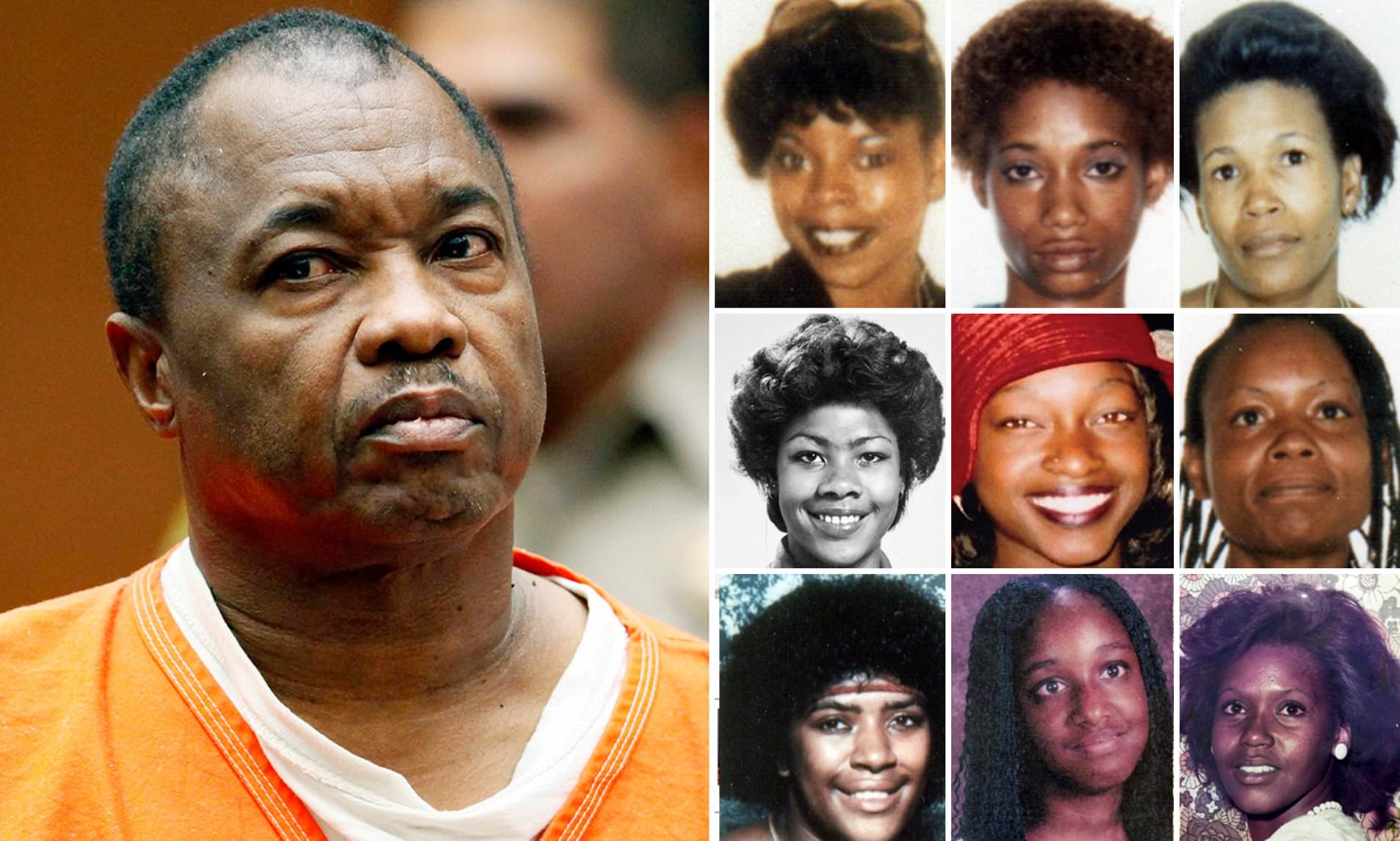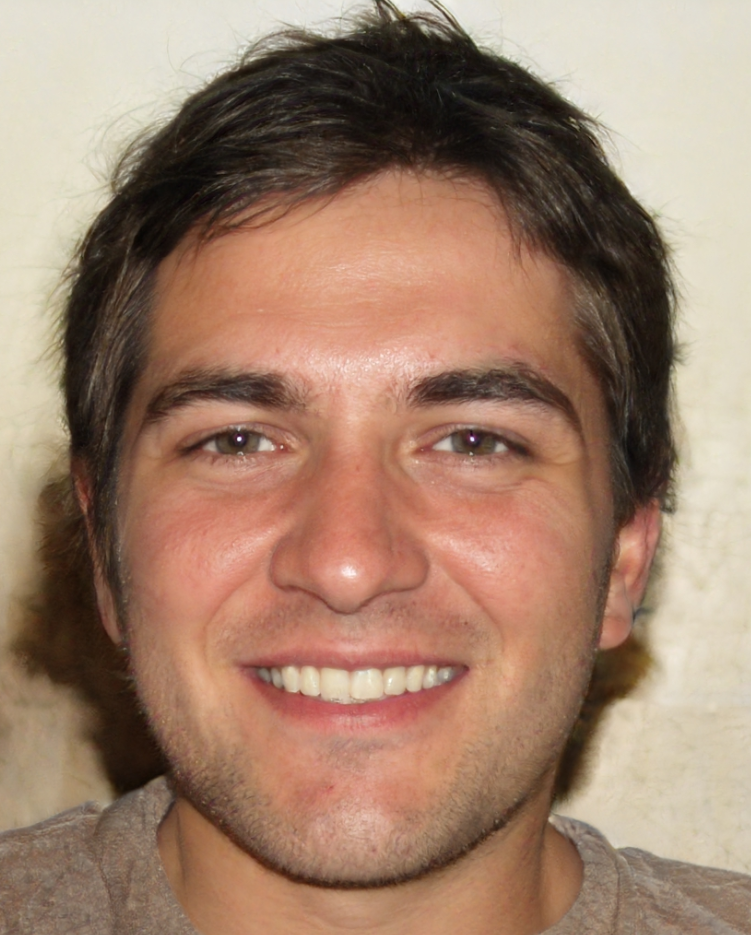
Ages of the group varied from 15 to 35. They had dreams and ambitions, too, and Lonnie David Franklin brutally ended their lives. They were moms, sisters, and daughters.
Samara Herard, the sister of one of Franklin's victims, tells in an interview, that six years after Franklin was found guilty of killing nine women and a teenage girl, his "living victims" are still without any meaningful closure.
Herard claims that Princess Berthomieux "was one of the sweetest, gentlest souls I've ever encountered."
In 2002, Franklin, a Los Angeles serial murderer known by the moniker "Grim Sleeper", strangled the fifteen-year-old. Herard claims, "She didn't get a chance to live her life."
After Debra Jackson's body was found in a trash-filled South Central alley in 1985, it took authorities 25 years to identify and apprehend Franklin. That is, until 2010 when a recovered DNA sample was connected to the murderer.
Young Black women, many of whom were in vulnerable stages of life, made up all of his victims. Families and community activists were incensed by the delay, accusing police of racial profiling in the crimes.
According to Los Angeles County Deputy District Attorney Beth Silverman, who speaks in an interview, Franklin was a retired garbage collector who prowled the streets near his South Central home, luring victims into his automobile, killing them, and then dumping the bodies.
"I don't believe anything happened by accident. "I believe he went in search of them," Silverman remarks.
Franklin was known as "The Grim Sleeper" since there didn't seem to be any stop to his terror rampage between 1988 and 2002.
A Cold Case Solved By DNA
Journalist Christine Pelisek writes in her book, "The Grim Sleeper," that Franklin was viewed by his neighbors as a nice man who assisted with auto repairs. However, he had already been convicted of burglary, assault with a deadly weapon, and auto theft in addition to raping a young woman in 1974 while serving with the US Army in Germany.
Franklin was convicted in 2016 of killing seven women from 1985 to 1988 and three from 2002 to 2007. He regularly used a.25-caliber handgun and dumped the remains in squalid alleys in Los Angeles.
Prosecutors claimed that some of the women were drug addicts who Franklin found easy prey, or they were compelled by circumstance to act as prostitutes on the seedy streets.
However, Pelisek relates that in 1988, Enietra Washington, a thirty-year-old mother of two, was simply strolling to a friend's house and assumed Franklin was innocuous when he came up and offered to give her a ride. Washington, who amazingly lived, was sexually abused by him after he had shot her in the chest. She is still the serial killer's lone known survivor.
The killer's trail was undiscovered despite Washington's eyewitness accounts and the efforts of a police task squad. A watershed moment occurred in 2007 when the 25-year-old Janecia Peters's body was found inside a dumpster in a trash bag.
The garbage bag's saliva contained DNA evidence that matched samples from a few of the cold cases from the 1980s. Additionally, it was connected to samples that were found from the 2003 strangulation deaths of Valerie McCorvey, 25, and Princess Berthomieux.
The DNA was linked by the authorities to Franklin's son, who was required to provide a sample of his own after being detained in 2009 for carrying a firearm.
The fact that it took so long to discover the murderer, who was eventually given the death penalty, devastated the families of the victims.
Herard claims that "[Princess] would never have been a victim if they had done their due diligence." "Decades ago, [Franklin] would have been caught."
"Hundreds Of Images Of Ladies" Discovered In Franklin's House
Investigators discovered Franklin was a hoarder who had preserved mementos of his victims when they searched his house and garage, Silverman remembers. "We discovered firearms, identity cards, and countless numbers of images of women."
Naturally, we made an effort to identify as many as we could. Several ladies who lived close to him, met the description, and vanished one day without ever being seen again were also involved in that endeavor."I don't think he stopped killing," Los Angeles Police Detective Daryn Dupree said in an interview with the Los Angeles Times in 2016.
Franklin might have taken a sabbatical, but Silverman believes it wasn't for fourteen years. "We presented some evidence about additional murders that occurred between those two periods in the penalty phase."
"The fact he kept so many pictures and trophies to me indicates just how strong of an urge this was for him," psychologist Johnston says.
She points out that whereas some serial killers, like Dennis Radar, popularly known as "BTK," had gone years without killing anyone, Franklin's violence increased with time.
He's now strangling women instead of shooting them when he supposedly resurfaces." On March 28, 2020, Franklin, at 67 years old, passed away while incarcerated at San Quentin State Prison. According to the Marin County coroner's office, high blood pressure and cardiac issues were the cause of his natural death, as told in an interview.
"Why Her?"
Herard states that while Franklin's passing "brings me to my next chapter, it does not bring me closure." My parents instilled in me the belief that everything is under God's control and that our actions will eventually result in consequences.Princess entered Herard's life at the age of approximately three.
When the little child arrived at her new foster home in affluent Claremont, California, she was covered in scars from the horrifying torture she had endured at the hands of her biological father. Herard says, "She would wake up screaming sometimes."
Retired nurse Dolores Smart, Herard's mother, fortunately "was one of those people who'd say,'send me your worst and I'll repair them."
Princess attended private education and therapy as instructed by Dolores and her spouse, David Smart.
She healed slowly. Herard remembers a devoted youngster who was unable to say no to his small son's pleas for "horsey rides." Herard recalls, "I would say, Princess, you can say 'no.'"
Nonetheless, Dolores' untimely death in 1997 upended Princess' world and devastated the family. Herard took up her sister's care when their father David subsequently experienced health issues. But the responsibilities became too much for her to handle as a college student raising her own kids.
Princess was sent in a foster family many miles away from Claremont in Los Angeles. She attended a fancy school and always had the best of everything, including a walk-in wardrobe in her own room. And they placed her at the neighborhood's center," Herard claims. "She fled after a few months."
Princess' brief life ended violently, despite the fact that she had overcome all difficulties to flee her violent father.
"It looks very unjust. Why her? Herard queries. "Never have I had a better sister, ever." Franklin's other victims included Henrietta Wright, 35; Barbara Ware, 23; Bernita Sparks, 26; Mary Lowe, 26; Lachrica Jefferson, 22; and Alicia "Monique" Alexander, 18. These victims were in addition to Princess Berthomieux, Valerie McCorvey, Janecia Peters, and Debra Jackson.
See Also:
